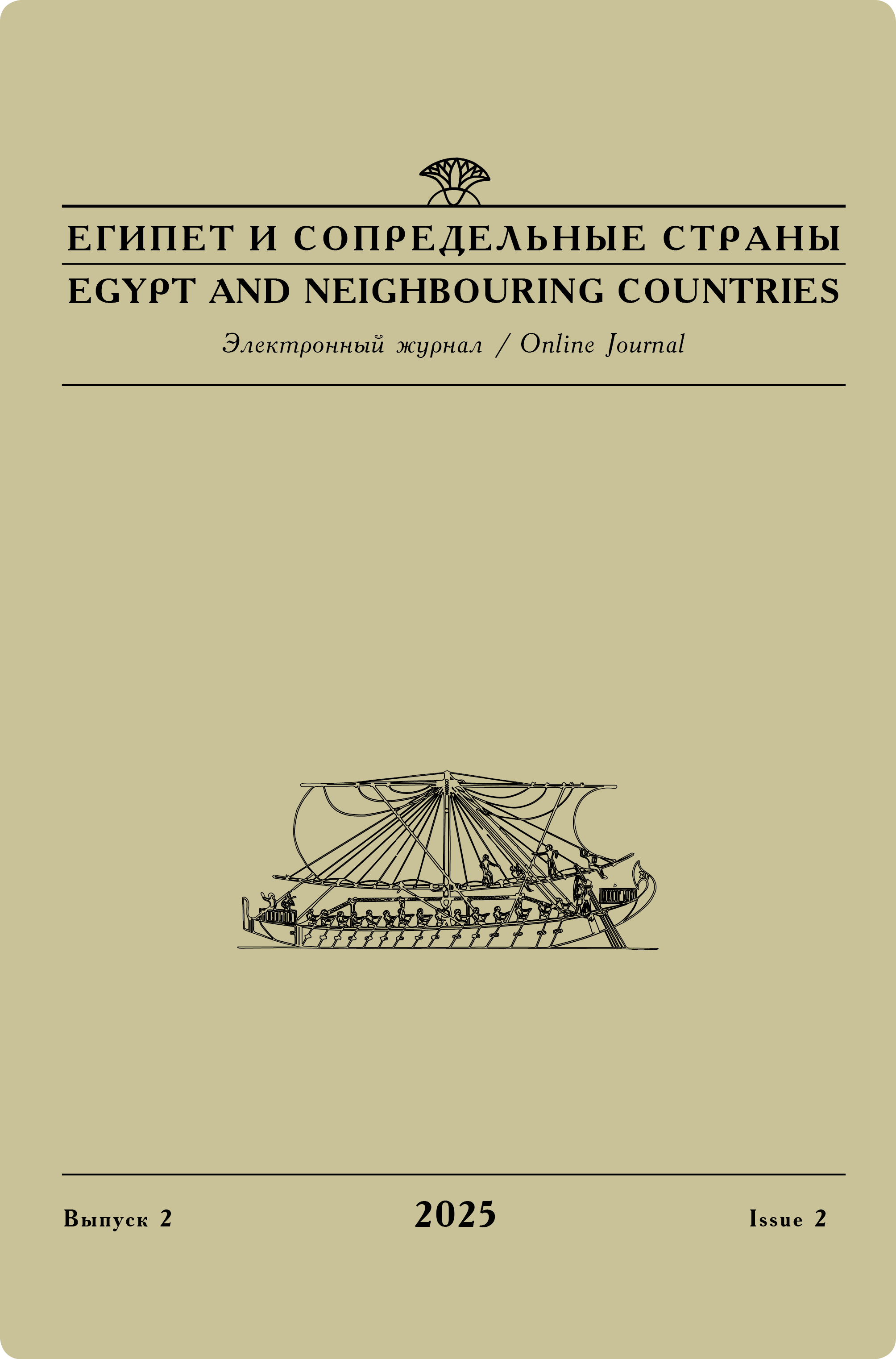Issue 3, 2020
A. A. Korzun
Skul'pturnyi friz severo-zapadnogo geroona v Sagalasse: v poiskakh semantiki i ikonograficheskikh parallelei [Scrulptural frieze of the north-western heroon of Sagalassos: in search of semantics and iconography]
The sculptural decoration of the frieze of the heroon in Sagalassos dated to the reign of Augustus (27 BC — 14 AD), is a representation of circle dance of 15 girls holding the mantle. Despite the monument being known since the19th century, there are no studies devoted to interpretation of its sculptural decoration. The author of this work makes an attempt to understand the semantics of the figurative frieze and determine its place in the art of the early Roman Empire. Iconographic analysis resulted in identifying some analogies with local Hellenistic monuments and linking the composition with local rituals (probably dionysiac). Interpretation of striking elements (for example, the mantle) of the frieze allows the author revealing some features of Dionysus cult, specific for the time of Augustus. The artists managed to show different aspects of the cult, combining several iconographies in one sculptural decoration and maintaining the integrality of the composition at the same time.
Keywords:
Sagalassos, heroon, sculptural frieze, Roman Empire, Hellenism pantomime, dance, Egyptian textiles, mantle, Maenad, Muse.
Original language — Russian.
DOI: 10.24412/2686-9276-2020-0008.
Referring: Korzun A. A. Scrulptural frieze of the north-western heroon of Sagalassos: in search of semantics and iconography [in Russian] // Egypt and neighbouring countries 3 (2020): 76–95. DOI: 10.24412/2686-9276-2020-0008.
Read full article




